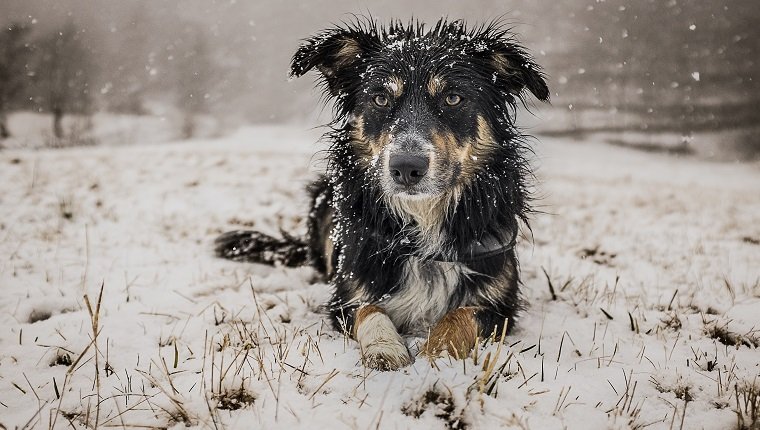Hypothermia in dogs is an extreme lowering of the body temperature. It happens when pets suffer exposure to frigid temperatures for too long, or if they have wet fur in cold, windy environments.
When the body temperature drops, heart rate and breathing slow down, which can lead to several problems. The consequences of sustained, severe hypothermia may include neurological problems (including coma), heart problems,




